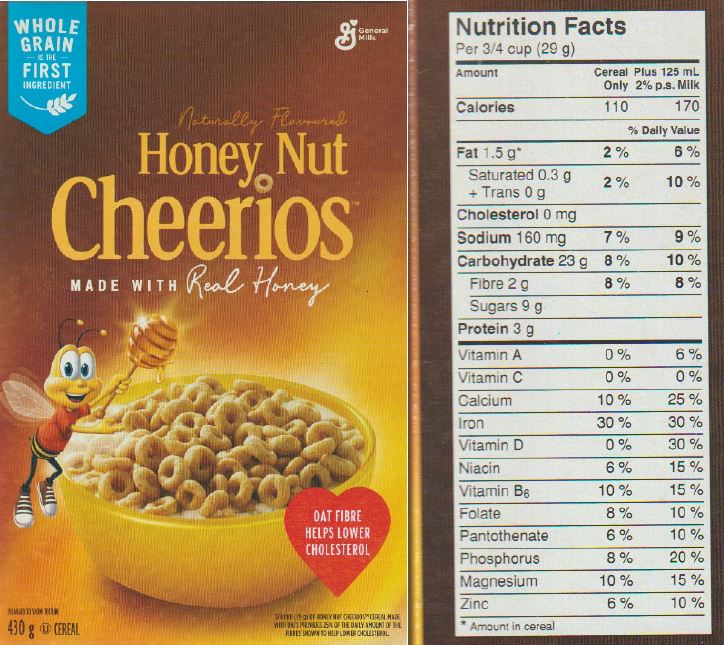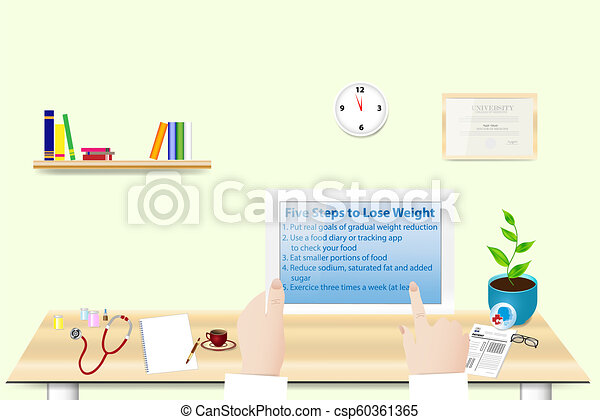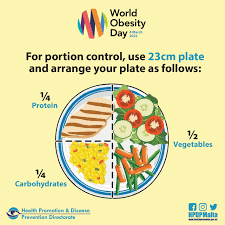
Salty diets lead to higher blood pressure and obesity. An excess of sodium has been linked to Type 2 diabetes in children and adults. You can lower your chances of developing diabetes or obesity by reducing your salt intake. In addition, cutting out salty snacks can help prevent and control hypertension and other diseases.
The most common form of sodium is sodium chloride, which is table salt. You can also get sodium from milk, beets and celery. Additives can be found in many food products that contain sodium. Some foods that have added sodium include Worcestershire sauce, baking soda and soy sauce. Your blood pressure is affected by how much sodium you consume. High-sodium foods can make you more sick.

High sodium diets can lead to stroke and heart disease. It is best to cut down on sodium in your daily meals. You can cut your sodium intake by consuming foods low in sodium, such as carrot sticks and no-salt-added foods. Moreover, avoid condiments, which are full of sodium and other harmful elements. Instead of salt and vinegar, you can use oil and vinegar.
An average six-inch sandwich with mayonnaise and cold cuts contains 1,127 mg sodium. Grilled chicken breasts with avocado slices and tomatoes can be a great way to cut down on salt intake. Bread contains approximately 400mg sodium per serving. The amount of sodium in bread is not shocking, but it can add up over time if you eat several servings a day. Bagels are especially high in sodium: a bagels from a grocery shop has 167%.
While sodium is naturally found in a variety of foods, most people consume more than two times the recommended daily intake of sodium in their diets. High sodium diets increase blood pressure. A high level of sodium intake is associated with increased risk for stroke and heart attack. You can reduce your sodium intake easily by changing your diet. You can reduce sodium by adjusting the amount of salt you put in your daily meals.

Most processed foods contain high amounts of sodium, which is something many people don't know. For a healthy lifestyle, it is vital to reduce salt intake. This is not just about reducing salt. The FDA has made final changes to its Nutrition Facts label and these changes are now reality for most consumers. When dining out, ask for less table salt if your daily intake is high.
FAQ
What should I eat?
You should eat lots of vegetables and fruits. These fruits and vegetables are high in vitamins, minerals, which can help you keep your immune systems strong. Also, fruits and vegetables are rich in fiber. This makes them filling as well as helping with digestion. You should eat at least five servings per day of fruit or veg.
Water is essential for your body. Water flushes toxins from the body and gives you a full feeling between meals. Drink about eight glasses each day.
Choose whole grains over refined grains. Whole grains retain all nutrients including B vitamins, iron and zinc as well as calcium, magnesium, calcium, protein, and magnesium. Refined grains are stripped of some of their nutritional value.
Avoid sugary beverages. Sugary drinks are high in empty calories and can lead to obesity. Instead, opt for water, milk, or unsweetened tea.
Avoid fast food. Fast food is low in nutritional value. Although it may taste delicious, fast food won't provide you with the energy you need for your daily activities. Avoid soups, sandwiches and other unhealthy options.
Limit your alcohol intake. Avoid alcohol as it can cause empty calories and poor nutrition. Limit your consumption to no more than 2 alcoholic beverages per week
Reduce your consumption of red meat. Red meats can be high in cholesterol and saturated fat. You should choose lean cuts like beef, pork lamb, chicken and fish instead.
Take herbs and other supplements to improve your immunity
You can boost your immune function with herbs and natural remedies. There are many natural remedies that can boost immunity, including echinacea (oregano), ginger, ginkgo biloba and vitamin C.
These herbal remedies are not meant to replace medical treatment. Side effects include nausea, diarrhea and stomach cramps, headaches and dizziness.
What's the difference between a calorie and kilocalorie?
Calories can be used to measure how much energy is in food. A calorie is a unit of measure. One calorie contains the energy needed to raise the temperature of one gram of water by one degree Celsius.
Kilocalories is another name for calories. Kilocalories measure in thousandths a calorie. 1000 calories are equal to one kilocalorie.
What is the difference between a virus and a bacterium?
A virus is an organism microscopic that can't reproduce outside its host cells. A bacterium, a single-celled organism, reproduces by splitting into two. Viruses are very small (about 20 nanometers) while bacteria are larger (up to 1 micron).
Viruses can be spread by contact with bodily fluids containing infected substances, such as saliva, urine and semen. Bacteria are usually spread through direct contact with contaminated objects or surfaces.
Viruses may enter the body through cuts, scrapes. bites, or any other break in the skin. They can also enter the body through the mouth, nose, eyes and ears, vaginal, rectum or anus.
Bacteria can get into our bodies through cuts, scrapes and burns, insect bites, or other skin breaks. They can also enter our bodies from food, water, soil, dust, and animals.
Both bacteria and viruses can cause illness. But viruses can't multiply within their hosts. They infect only living cells, causing illness.
Bacteria can cause illness by multiplying in the body. They can also invade other parts of your body. They can even invade other parts of the body, which is why antibiotics are necessary to eradicate them.
What's the best diet?
There are many factors that influence the best diet, including your gender, age, weight, health condition, lifestyle, and personal preferences. You should also consider how much energy your exercise consumes, whether you like low-calorie or high-calorie foods, and what you enjoy in terms of eating fruits and veggies.
Intermittent fasting is a good option if you're trying to lose weight. Intermittent fasting is a way to eat only certain meals during the day instead of three large meals. You may find that this method works better for you than traditional diets that include daily calorie counts.
Intermittent fasting is believed to increase insulin sensitivity. It may also reduce inflammation. This may lead to a decrease in diabetes risk and blood sugar levels. Other research suggests that intermittent fasting may promote fat loss and improve overall body composition.
What are the 7 best tips to lead a healthy, happy life?
-
Make sure you eat right
-
Exercise regularly
-
Sleep well
-
Get plenty of water.
-
Get enough rest
-
Happy!
-
Smile often
Statistics
- According to the Physical Activity Guidelines for Americans, we should strive for at least 150 minutes of moderate intensity activity each week (54Trusted Source Smoking, harmful use of drugs, and alcohol abuse can all seriously negatively affect your health. (healthline.com)
- In both adults and children, the intake of free sugars should be reduced to less than 10% of total energy intake. (who.int)
- Extra virgin olive oil may benefit heart health, as people who consume it have a lower risk for dying from heart attacks and strokes according to some evidence (57Trusted Source (healthline.com)
- The Dietary Guidelines for Americans recommend keeping added sugar intake below 10% of your daily calorie intake, while the World Health Organization recommends slashing added sugars to 5% or less of your daily calories for optimal health (59Trusted (healthline.com)
External Links
How To
What does the meaning of "vitamin?"
Vitamins are organic compounds naturally found in food. Vitamins allow us to absorb nutrients from food. Vitamins are not made by the body, so they must be obtained through food.
There are two types of vitamins: water soluble and fat soluble. Water-soluble vitamins dissolve quickly in water. Examples include vitamin C,B1 (thiamine), B2 (riboflavin), B3 (niacin), B6 (pyridoxine), folic acid, biotin, pantothenic acid, and choline. The liver and fatty tissues are home to fat-soluble vitamins. These include vitamin D, E and K, as well as beta carotene.
Vitamins are classified based on their biological activity. There are eight major vitamin groups:
-
A - Vital for normal growth and maintaining good health.
-
C - essential for nerve function and energy generation.
-
D - Essential for healthy teeth and bones.
-
E is needed for good reproduction and vision.
-
K - Essential for healthy muscles and nerves.
-
P - essential for strong bones, teeth and tendons
-
Q - aids digestion and absorption of iron.
-
R - necessary for making red blood cells.
The recommended daily allowance for vitamins (RDA) varies based on gender, age, and physical conditions. The U.S. Food and Drug Administration (FDA) sets the RDA values.
For example, the RDA for vitamin A is 400 micrograms per dayfor adults 19 years or older. Because it is essential for the development of the fetus, pregnant women should consume 600 micrograms per daily. Children ages 1-8 require 900 micrograms per day. For infants younger than one year, 700 micrograms are required daily. However, this number drops to 500 micrograms each day for children aged 9-12 months.
Children aged between 1-18 years require 800 micrograms of sugar per day, while overweight children need 1000 micrograms. Children who are underweight receive 1200 micrograms every day to meet their nutritional requirements.
Children between 4 and 8 years old with anemia will need 2200 micrograms daily of vitamin C.
2000 micrograms daily is required for adults over 50 to maintain their general health. Breastfeeding or pregnant women require 3000 micrograms per daily due to higher nutrient demands.
Adults over 70 need 1500 micrograms daily, as they lose 10% of their muscle every ten years.
Women who are pregnant, nursing or breastfeeding need more than the RDA. Pregnant women need 4000 micrograms per dayduring pregnancy and 2500 micrograms per day after delivery. Breastfeeding mothers need 5000 mg per day when breastmilk is being produced.